Can You Use Binoculars With Glasses?
Using binoculars with glasses is a common concern for many outdoor enthusiasts, bird watchers, and stargazers. The challenge lies in ensuring that the binoculars provide a clear and comfortable view without the need to remove one's glasses. This article will delve into the practical aspects of using binoculars with glasses, addressing common issues, and providing solutions to enhance your viewing experience.
Understanding Eye Relief
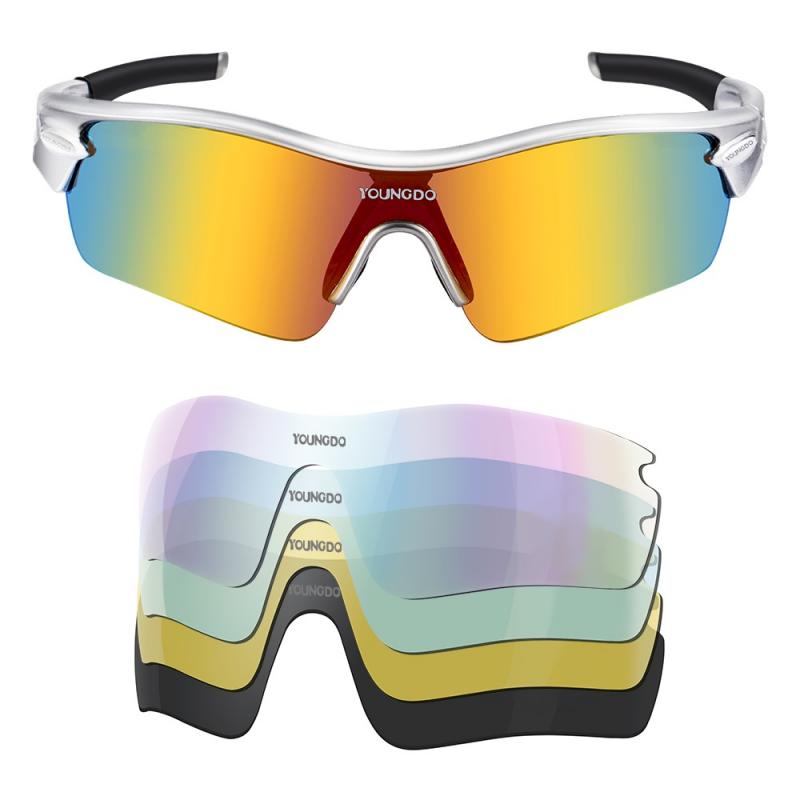
One of the most critical factors to consider when using binoculars with glasses is eye relief. Eye relief is the distance between the eyepiece lens and your eye while still allowing you to see the entire field of view. For those who wear glasses, longer eye relief is essential. Typically, an eye relief of 16mm or more is recommended for glasses wearers. This distance ensures that you can see the full image without having to press the binoculars too close to your eyes, which can be uncomfortable and impractical with glasses.
Choosing the Right Binoculars
When selecting binoculars, it's crucial to look for models that are designed with glasses wearers in mind. Here are some features to consider:
1. Adjustable Eyecups: Many binoculars come with adjustable eyecups that can be twisted up or down. For glasses wearers, you would typically twist the eyecups down to allow for the extra space taken up by your glasses. This adjustment helps in maintaining the correct eye relief.
2. Long Eye Relief: As mentioned earlier, binoculars with an eye relief of 16mm or more are ideal. Some high-end models offer eye relief of up to 20mm, providing ample space for glasses wearers to view comfortably.
3. Field of View: A wider field of view can be beneficial as it allows you to see more of the scene without having to move the binoculars around. This feature is particularly useful for activities like bird watching or sports events.
4. Diopter Adjustment: This feature allows you to fine-tune the focus of each eyepiece independently. It is especially useful for glasses wearers who may have different prescriptions for each eye.
Practical Tips for Using Binoculars with Glasses
Even with the right binoculars, there are some practical tips that can enhance your viewing experience:
1. Adjust the Eyecups: Always start by adjusting the eyecups to the down position. This adjustment will help you get closer to the eyepiece and make the most of the eye relief.
2. Positioning: Hold the binoculars steady and position them so that the eyepieces are aligned with your eyes. This alignment is crucial for a clear and comfortable view.
3. Focus: Use the central focus wheel to adjust the focus for both eyes. Then, use the diopter adjustment to fine-tune the focus for each eye individually. This step ensures that you get a sharp image.
4. Practice: It might take some time to get used to using binoculars with glasses. Practice in different settings and with various objects to become more comfortable and proficient.
Common Issues and Solutions
Despite taking all the necessary precautions, you might still encounter some issues. Here are some common problems and their solutions:
1. Glare and Reflections: Glasses can sometimes cause glare or reflections when using binoculars. To minimize this, try to use binoculars with anti-reflective coatings on the lenses. Additionally, positioning yourself so that the light source is behind you can help reduce glare.
2. Fogging: Glasses can fog up, especially in humid conditions. Using anti-fog wipes or sprays on your glasses can help mitigate this issue. Some binoculars also come with fog-proof features, which can be beneficial.
3. Comfort: Holding binoculars for extended periods can be tiring, especially if you are trying to maintain a steady view. Using a tripod or a binocular harness can help distribute the weight and reduce strain on your arms and neck.
Alternatives to Traditional Binoculars
If you find that using traditional binoculars with glasses is still challenging, there are alternatives that might work better for you:
1. Monoculars: A monocular is essentially half a pair of binoculars. It is lighter and easier to handle, making it a good option for glasses wearers. Monoculars also tend to have longer eye relief.
2. Binoculars with Built-in Diopters: Some binoculars come with built-in diopters that can be adjusted to match your prescription. This feature allows you to use the binoculars without wearing your glasses.
3. Contact Lenses: If you are comfortable wearing contact lenses, they can be a convenient alternative to glasses when using binoculars. Contacts eliminate the need for long eye relief and can provide a more comfortable viewing experience.
Using binoculars with glasses does not have to be a cumbersome experience. By understanding the importance of eye relief, choosing the right binoculars, and following practical tips, you can enjoy a clear and comfortable view. Whether you are bird watching, stargazing, or attending a sports event, the right equipment and techniques can make all the difference. Remember, practice makes perfect, and with time, you will become more adept at using binoculars with your glasses. Happy viewing!




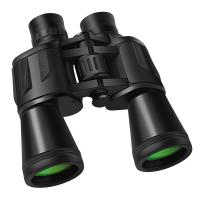
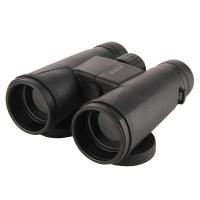
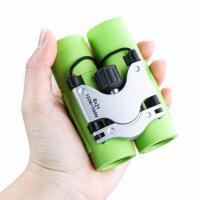
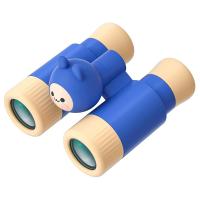

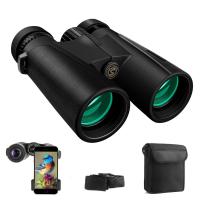
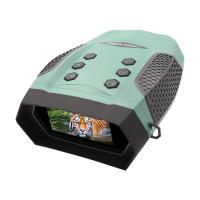
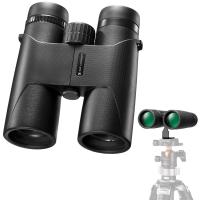

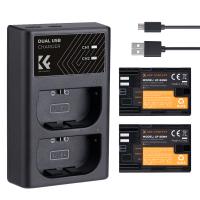

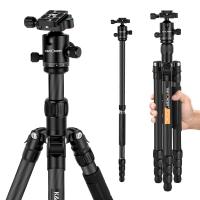



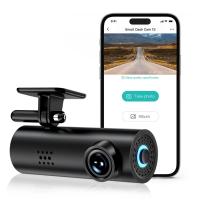
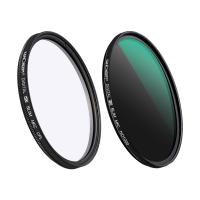
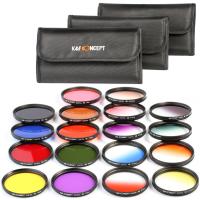


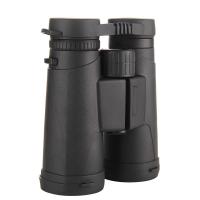

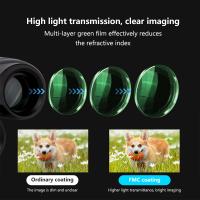

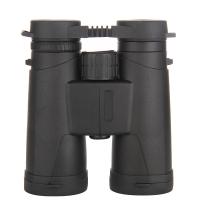
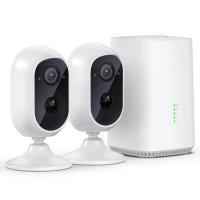
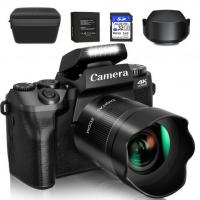
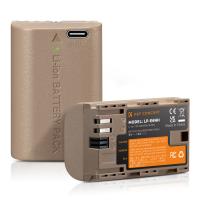


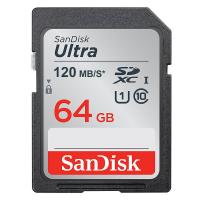
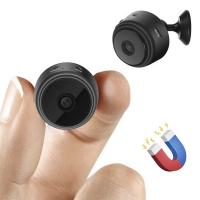
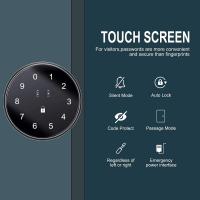
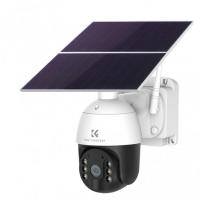

There are no comments for this blog.